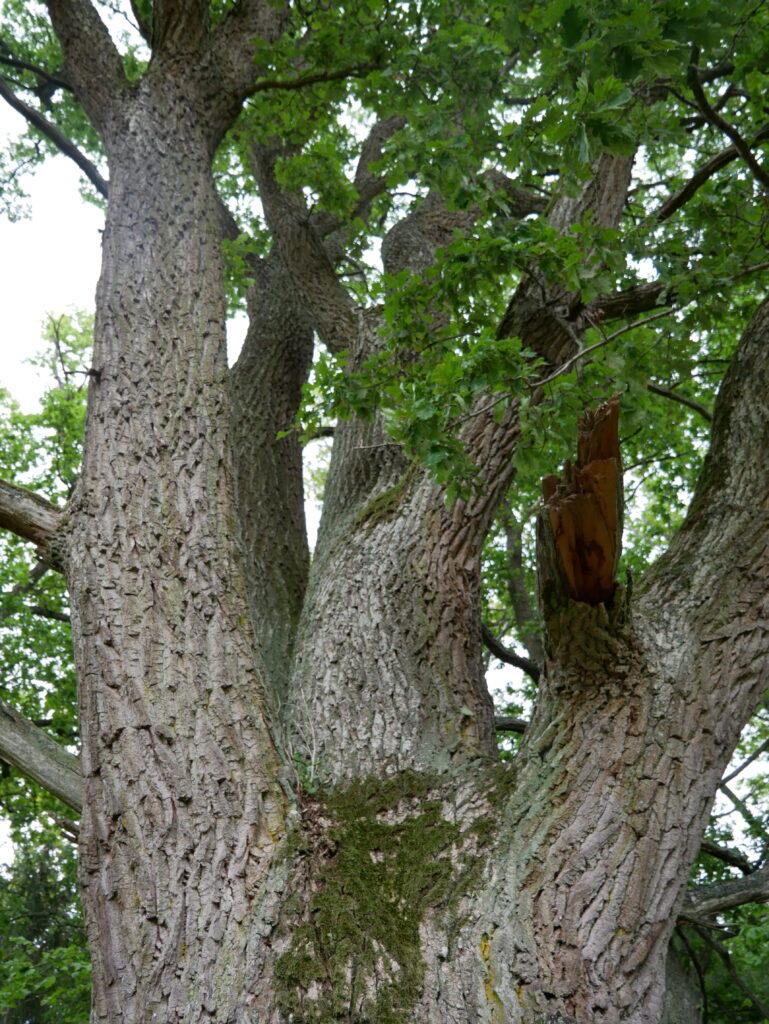Abundance of foremost hollow trees in Östergötland could be underestimated. The large difference in abundance of hollow trees between the surveys could reveal that estimations of these types of trees abundance is to small. This is further supported by the fact that circumference distributions between the survyes do no show a large sudden spike of newly grown HBV trees. This could be important to know for conservational efforts in Östergötland.
Lacking growth in circumference and a possible decline in vitality could indicate that populations of HBV trees in Östergötland are suffering from environmental stressors like droughts, diseases and shading. As mentioned earlier, shading, droughts and disease are current stressors which affect trees in Sweden. The inclination of lowered vitality and lack of clear circumference growth could be symptomes of these stressors in Östergötland. This could lead to future recruiting problems of HBV trees, which threatens species dependent on HBV trees.
Larger circumference could be a good indicator of large hollowness stage and stress resistance. The fact that trees with larger circumferences had higher vitality could be explained by larger and older trees having better resistance towards stressors mentioned above. There could also be evidence that there is a positive relationship between hollowness stages and circumferences.
Today, the vitality and possibly future existence of oaks in Östergötland is threatened by the shading of surrounding adult trees 5 m outside the crown projection, especially when that coverage is >75%. Another threat to over 1000 species connected to oak in Sweden.
